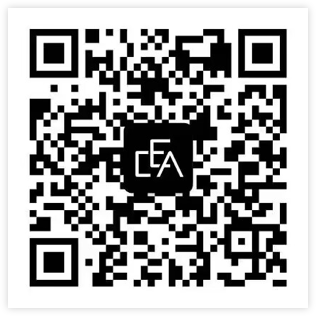- About Us
- Events
- David Gosset
- News & Media
Share




Previous
Go Back
Next
©2025. DG2CI. All Rights Reserved.
Please follow the offical WeChat account of the China-Europe-America Global Initiative

